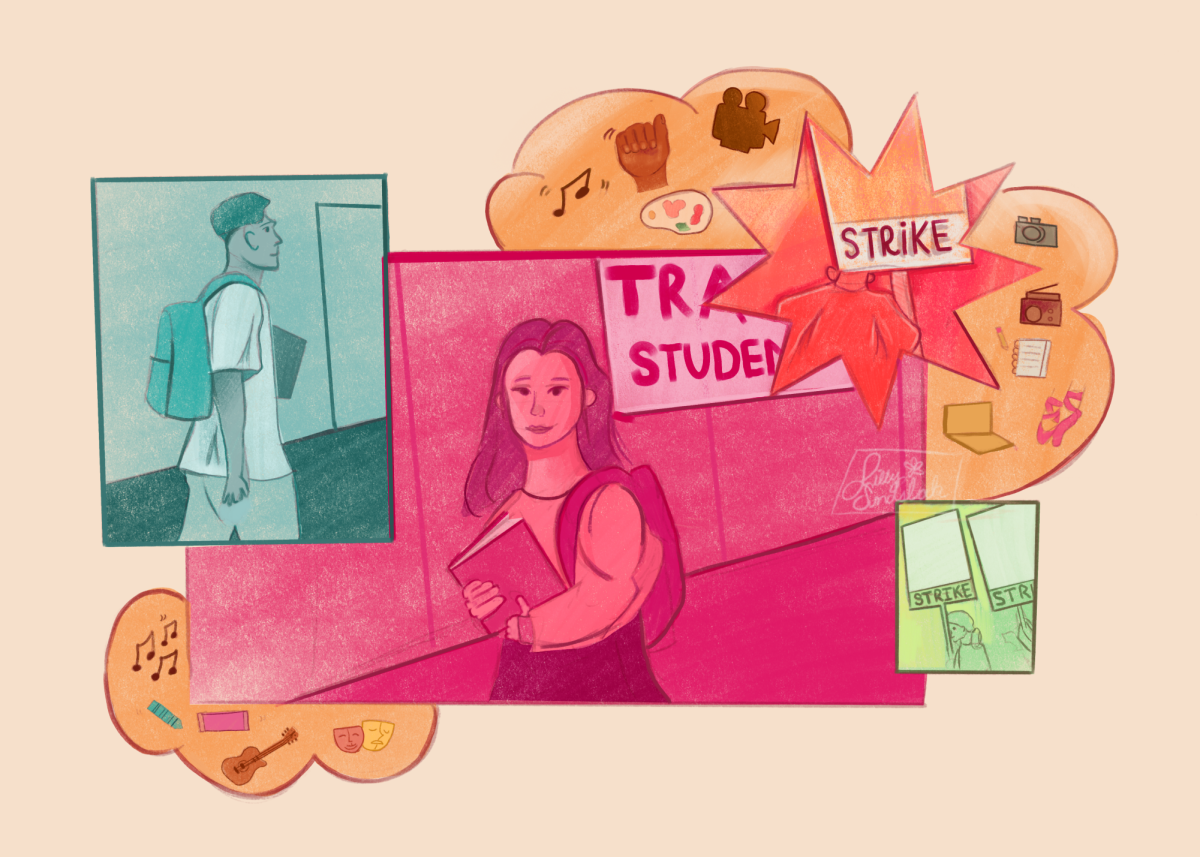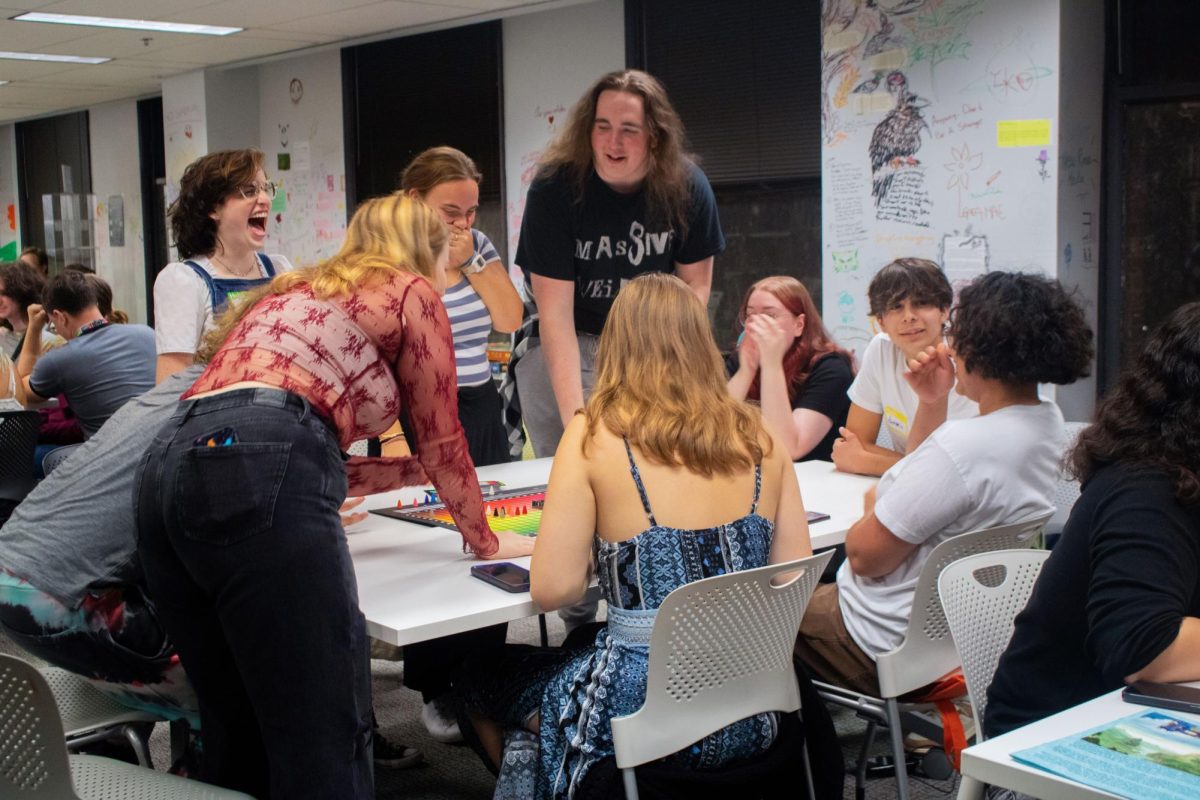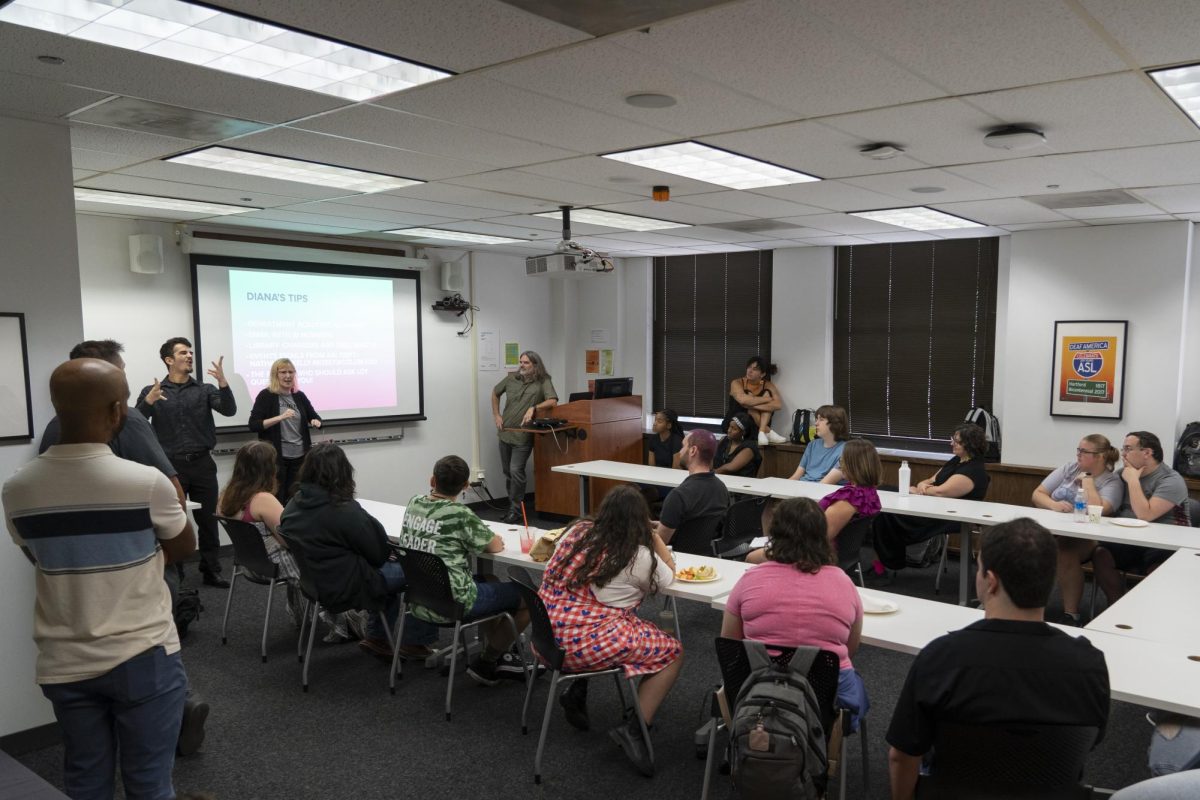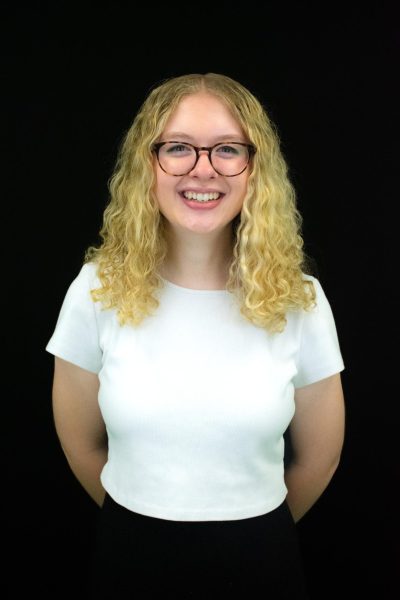Joseph Koy is transferring to Columbia this fall to major in film and television. The junior, who previously attended Harper College, said he wants to try everything and is excited to explore lighting, sound, directing and editing.
“I wanted to continue filmmaking and stuff, and I wanted to go to a place where people were just as inspired and just as driven to get good things made,” Koy said. “I think it’s something special to be around people like that… and to have them also help, we all kind of feed off each other, that kind of thing.”
Koy is one of about 400 new transfer students expected this fall, a smaller number than in previous years.
Holly Herrera, associate provost for transfer initiatives and academic partnerships, said there are 375 transfer applicants who have accepted their offer for admission. Although the application closed on July 17, some applicants have until Aug. 7 to submit required materials.
By the start of the year, she expects that number to settle to around 400 new transfer students.
In the fall of 2023, there were 553 new undergraduate transfer students, and in the fall of 2022, there were 475 new transfer students, according to the Office of Institutional Effectiveness. Undergraduate transfer students made up 23.4%, or 1,526, students out of the total number of enrolled 6,529 students.
The college is expecting 1,000 fewer students overall to attend in Fall 2024.
Herrera said that almost a third of Columbia’s enrolled students are transfers or have transferred credit from previous schools, which includes first-time college students that earned college credit in high school.
Over the years, there has been a downward trend in the number of students transferring to Columbia. Herrera said that this could be the result of numerous factors such as increase in recruitment from other colleges and universities and the 2020 recession.
The college is in the midst of a sweeping restructuring to address the $38 million deficit, which ballooned during the historic part-time faculty strike in Fall 2023.
At a recent orientation for new students, some transfers told the Chronicle they didn’t know of the college’s recent challenges. Others had few details.
Mikayla Lerczak, an incoming senior fashion studies major, transferring from Northwestern Michigan College, said that hearing about the strike initially made her question whether or not she should transfer to the school. She said she still chose to go to Columbia since it was the only art school she was looking at that had the exact program she wanted.
“This was the right place for me to go, so it didn’t affect my decision,” Lerczak said.
Incoming junior film and television major Jordan Janke transferred from Harper College. “The past is the past,” Janke said. While he heard “bits and pieces” about the strike and restructuring of the college, it didn’t impact his decision to commit to Columbia.
“I read that this is one of the top filmmaking colleges in the Midwest… and if this is one of the top filmmaking colleges in the Midwest, this is the place I got to go to,” he said.
Kayleigh McReynolds, an incoming junior ASL-English interpretation major transferring from Western Oregon University, chose Columbia for its ASL program. “I think that this is a really interesting school,” she said. “I figured, it’s an art school; a lot of interesting people are going to be going here, and also it’s supposed to have a really good ASL program.”
Zoe Phillpotts, an incoming junior journalism major transferring from Triton College, said she feels that she can more easily identify with students at Columbia than anywhere else. “I want to feel like I belong, and I didn’t feel like I’d belong anywhere else,” Phillpotts said. “Columbia has a bunch of creatives, that’s why I want to be here.”
Janke, McReynolds and Koy have all said that the process of transferring has been surprisingly easy, with Janke and McReynolds giving credit to their academic advisors for being so communicative.
Jayla Thorpe, an incoming English major transferring from University College Dublin, said she was excited to enroll and to live in downtown Chicago.
“I like living in cities, the quick access to other parts of the city via CTA is good,” she said. “There wasn’t a lot of good public transit in Dublin, so I’m excited for that.”
Herrera recommended transfer students build and find their Columbia community by signing up for at least two student organizations — one major or profession-based and one fun group based on interest, walking their class route, exploring Columbia’s buildings, introducing themselves as a transfer student and joining the Transfer Student Network on the Engage app.
“All students need to understand that they are partners in this educational process. They should ask questions of their department and faculty members, in addition to their advisors. So, my advice is to act as a partner with respect to other peoples lived and professional experience,” Herrera said.
Herrera instituted a new transfer recruitment model when she arrived at Columbia in 2018.
In this, “the transfer admissions counselors would assist prospective transfer students in selecting courses that would support their transfer,” said Herrera. “Prior to this — like at many other institutions — transfer students would apply, enroll but then leave.”
Herrera said about 75% of Columbia’s majors can be completed in two years. She expects that percentage to be even higher as Columbia increases flexibility within the majors.
The college has reduced the number of core requirements from 42 credits to 30.
When Herrera first started at Columbia in 2018, “There was a strong push to evaluate our programs of study from the viewpoint of a transfer student with 60 credit hours and the essential liberal arts and science requirements completed.”
Up to 75 credits can be transferred over to Columbia. If a student has more than the allotted number of transfer credits, not all of them will count toward their degree. However, students have some flexibility about which courses can be considered for transfer credit, Herrera said.
“I have the privilege of focusing only on transfer at Columbia,” Herrera said. “My entire job is focused on the transfer experience. It’s all I do, it’s all I think about, it’s all I want to talk about.”
Copy edited by Trinity Balboa










